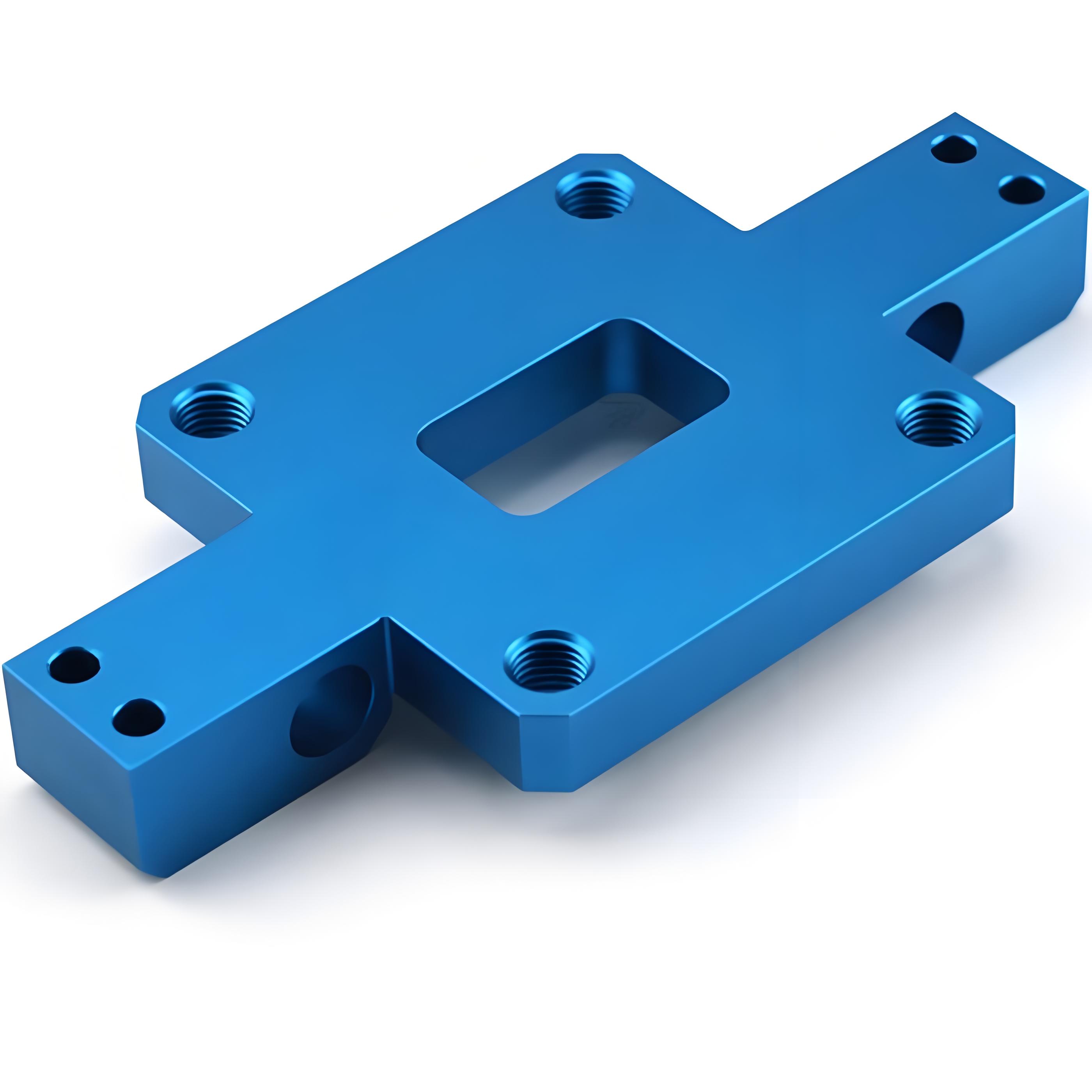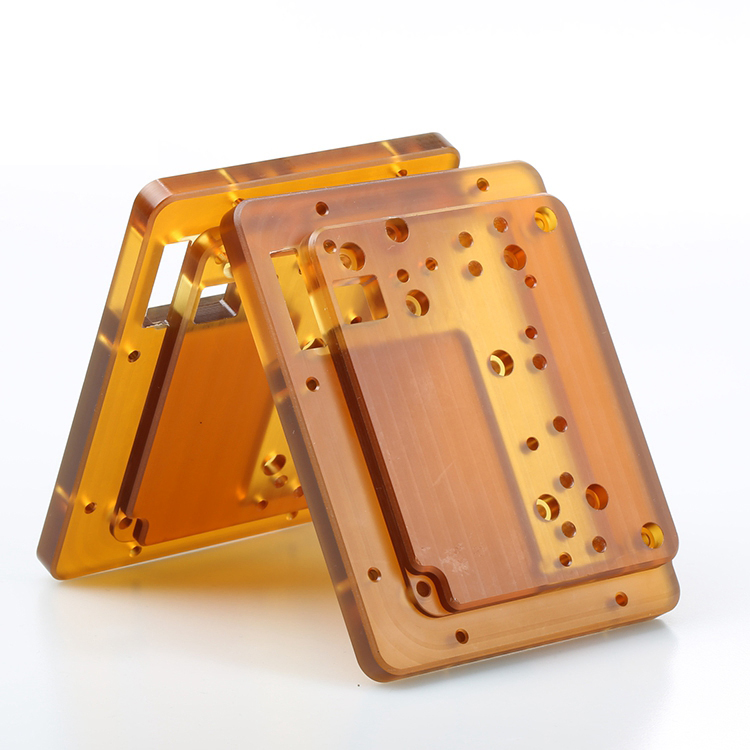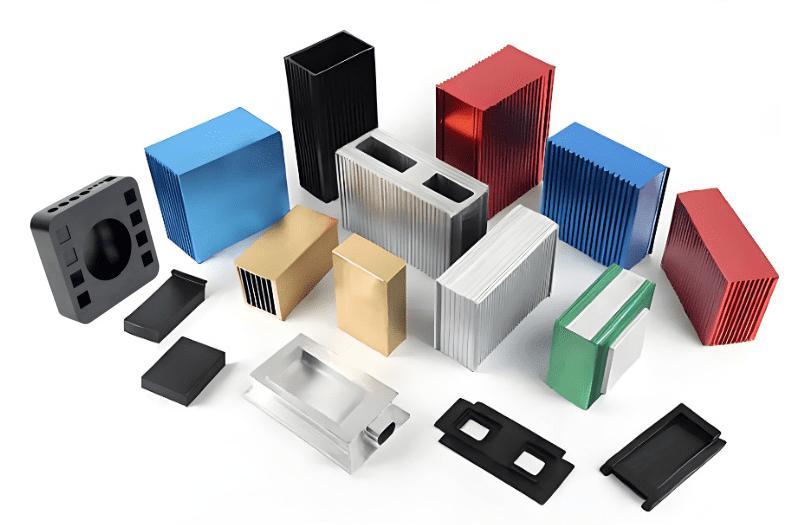




What you can expect from us?
Surface finishing encompasses a range of professional processes designed to enhance the surface of your products, giving them the desired appearance and feel while improving key properties such as adhesion, solderability, corrosion resistance, hardness, and conductivity. This not only extends the product’s lifespan but also increases its overall value and market competitiveness.
At Horizon, we offer comprehensive surface finishing services for all components and parts, regardless of the manufacturing method used. Our experienced and skilled finishing team pays attention to every detail, ensuring exceptional quality from prototype to full-scale production.
By choosing Horizon, you will benefit from:
- A wide range of finishing techniques to meet diverse material and functional requirements
- Precise control to ensure uniform and
- consistent surfaces on every component
- Fast turnaround with timely and accurate quotes and services
- Reliable quality that delivers perfection in appearance, feel, and performance
Whether for prototypes or large-scale production, we bring your products to life with flawless surface finishes that truly reflect your design vision. Contact our customer service team today to experience high-quality surface finishing.
Surface Finish Options
Description
Pictorial View
Applicable Materials
As machined
Parts are delivered with the original machined surface, typically around Ra 3.2 μm, with sharp edges deburred and chamfered.

Metals and Plastics
Deburring
Deburring is the process of removing sharp edges, burrs, and residual chips left behind after machining. It improves safety, ensures smoother assembly, and enhances the overall quality of the part.

Metals and Plastics
Sandblasting
Sandblasting produces a matte texture, removing all machining marks. It applies to ABS, Aluminum, Brass, Stainless Steel, and Steel parts.

Metals and Plastics
Polishing
Physical rubbing of a metal surface to create a shiny surface is called a polishing surface finish. It increases the reflectivity and does not affect the dimensional stability of parts.
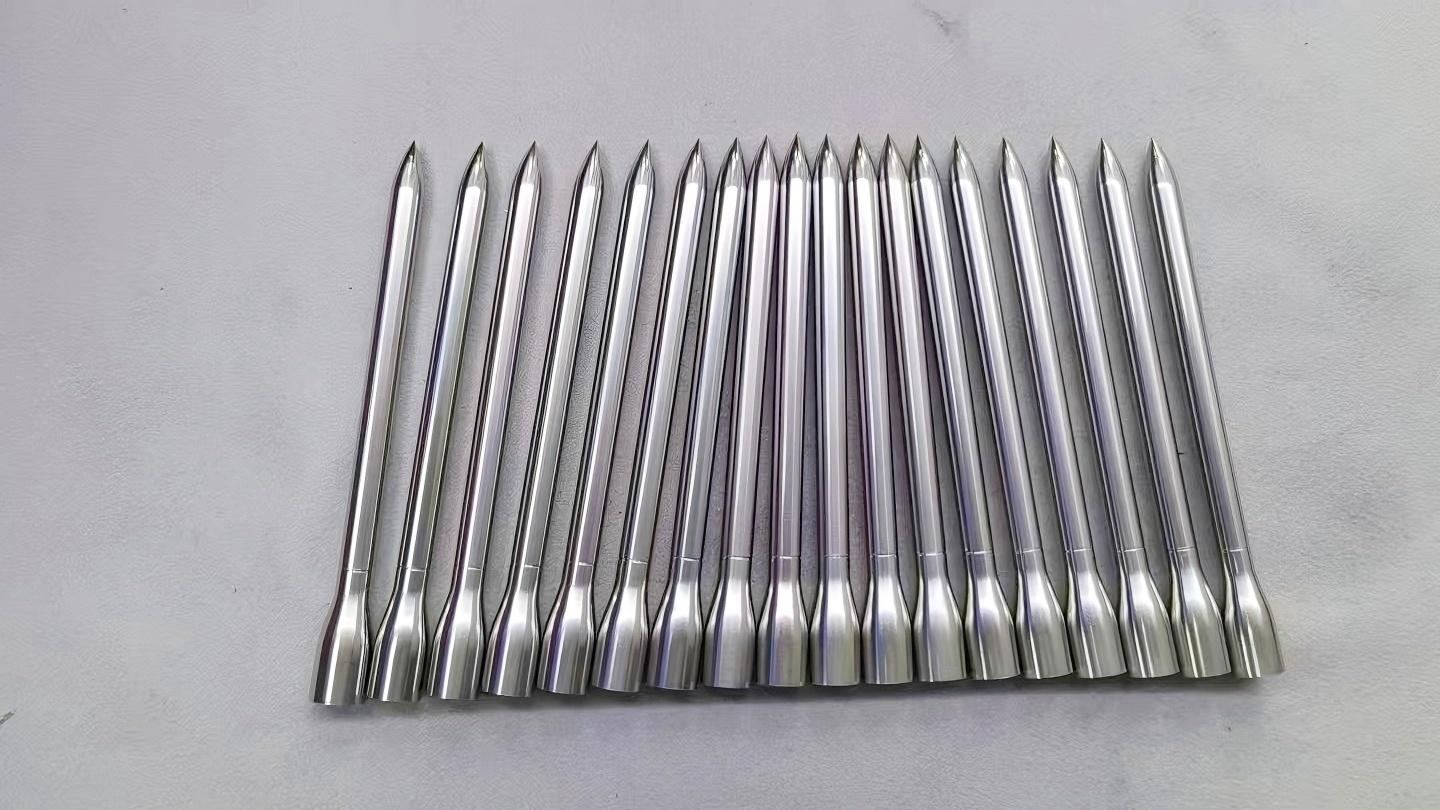
Metals and Plastics
Sanding
Provides a random, non-linear texture with a shiny, high gloss finish. However, it might be unable to create sharp corners and pockets

Metals and Plastics
Brushing
Brushing is achieved by applying an abrasive brush to the metal surface, which produces a unidirectional satin finish. And it is not recommended for highly corrosive materials.

Metals
Laser Engraving
Laser engraving uses a focused laser beam to etch permanent markings on the surface of a part. It is ideal for logos, serial numbers, QR codes, and other precise identifiers, offering high accuracy and durability without affecting the part’s integrity.

Metals and Plastics
Screen Printing
Screen printing applies ink onto the part surface through a fine mesh stencil. This process allows for colorful, detailed graphics or labels, making it suitable for branding, functional markings, and decorative finishes on flat or slightly curved surfaces.

Metals and Plastics
Painting
Painting adds a protective and aesthetic layer to the part surface. With a wide range of color and finish options—such as gloss, matte, or metallic—painting enhances the appearance while providing resistance against wear, moisture, and corrosion.

Metals and Plastics
Powder Coating
Powder coating uses electrostatic application of dry powder, which is then cured under heat to form a durable finish. It offers superior hardness, chemical resistance, and environmental durability compared to traditional painting, making it ideal for functional and decorative purposes.
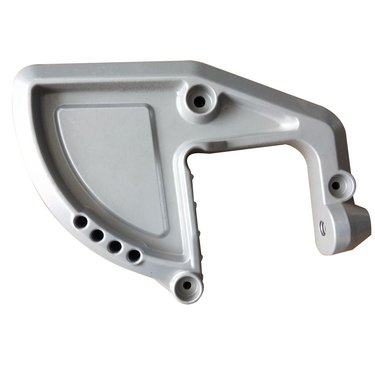
Metals
Anodizing
Anodizing involves adding an aluminum oxide coating to aluminum and its alloys. The layers, which come in various colors, increase strength and shield the surface from corrosion.
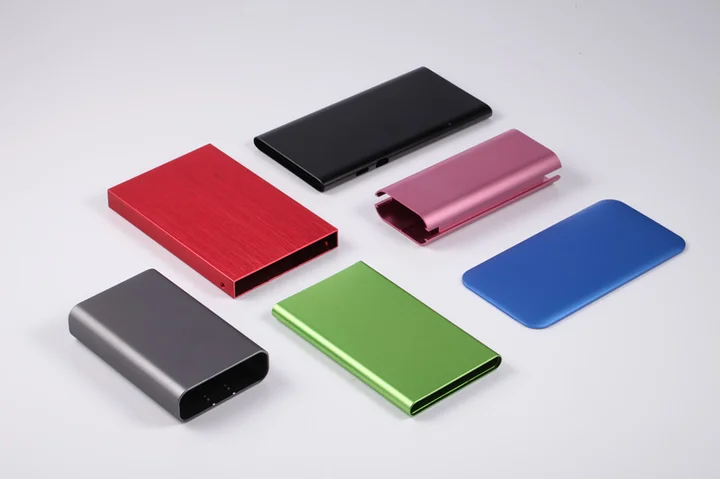
Aluminum
Black Oxide
Black oxide finish reduces surface reflectivity and offers mild corrosion protection. It involves adding a thin layer of magnetite to the surface.

Steel,Stainless Steel,Cast Iron
Alodine
Provides excellent corrosion resistance property to the aluminum parts with greenish-gold color. It is the low-cost and quick surface finishing approach.

Aluminum
Chrome Plating
Chrome plating is widely used in various industries, which not only enhances the beautiful appearance of the product, but also improves the performance of the product, such as corrosion resistance, oxidation resistance, abrasion resistance, hardness, etc.
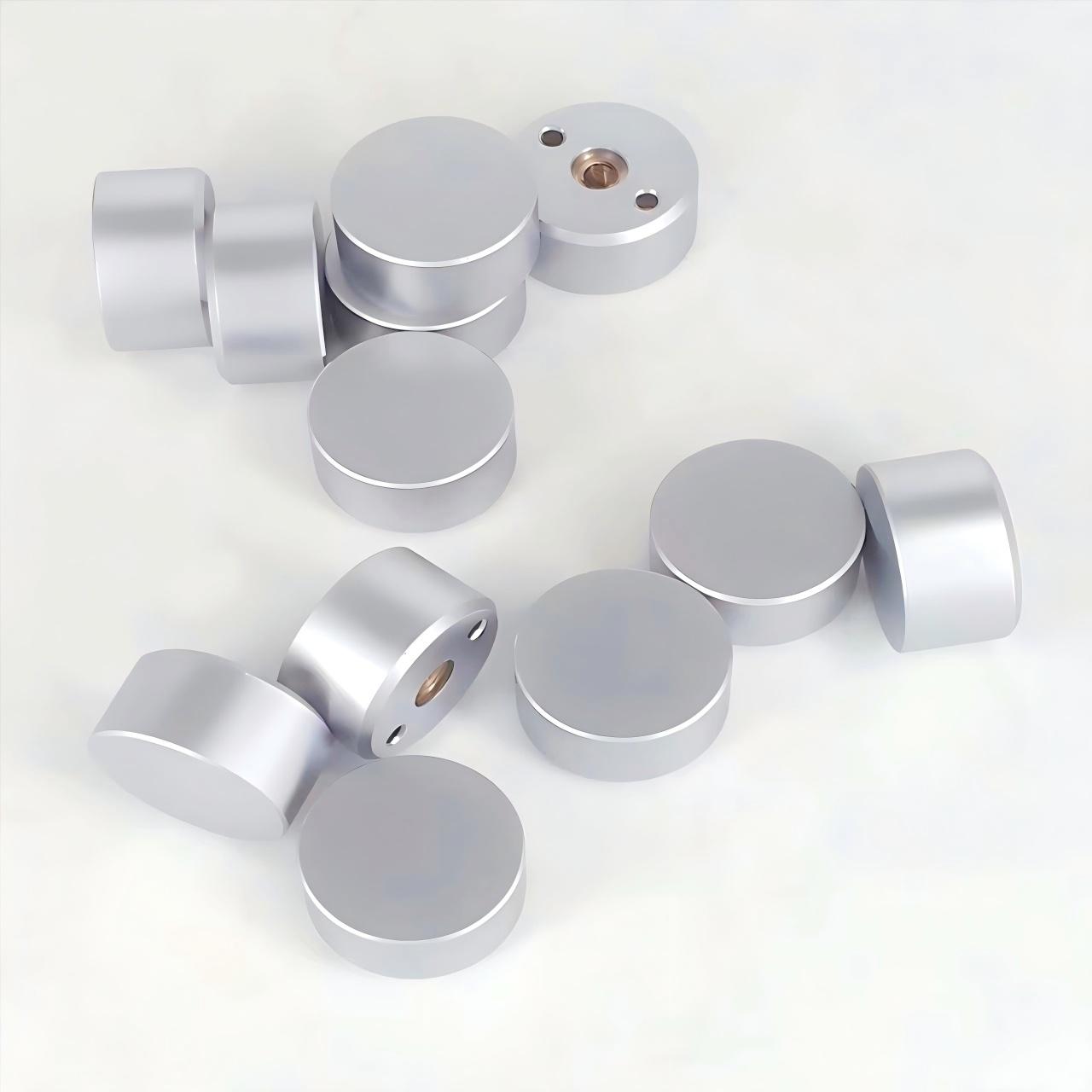
Steel,Stainless Steel,Copper,Aluminum,Zinc Alloys,Plastics (mainly ABS Plastics)
Chromate Coating
A chemical surface treatment for metals that forms a protective film through a chromium-based reaction, enhancing corrosion resistance and coating adhesion.
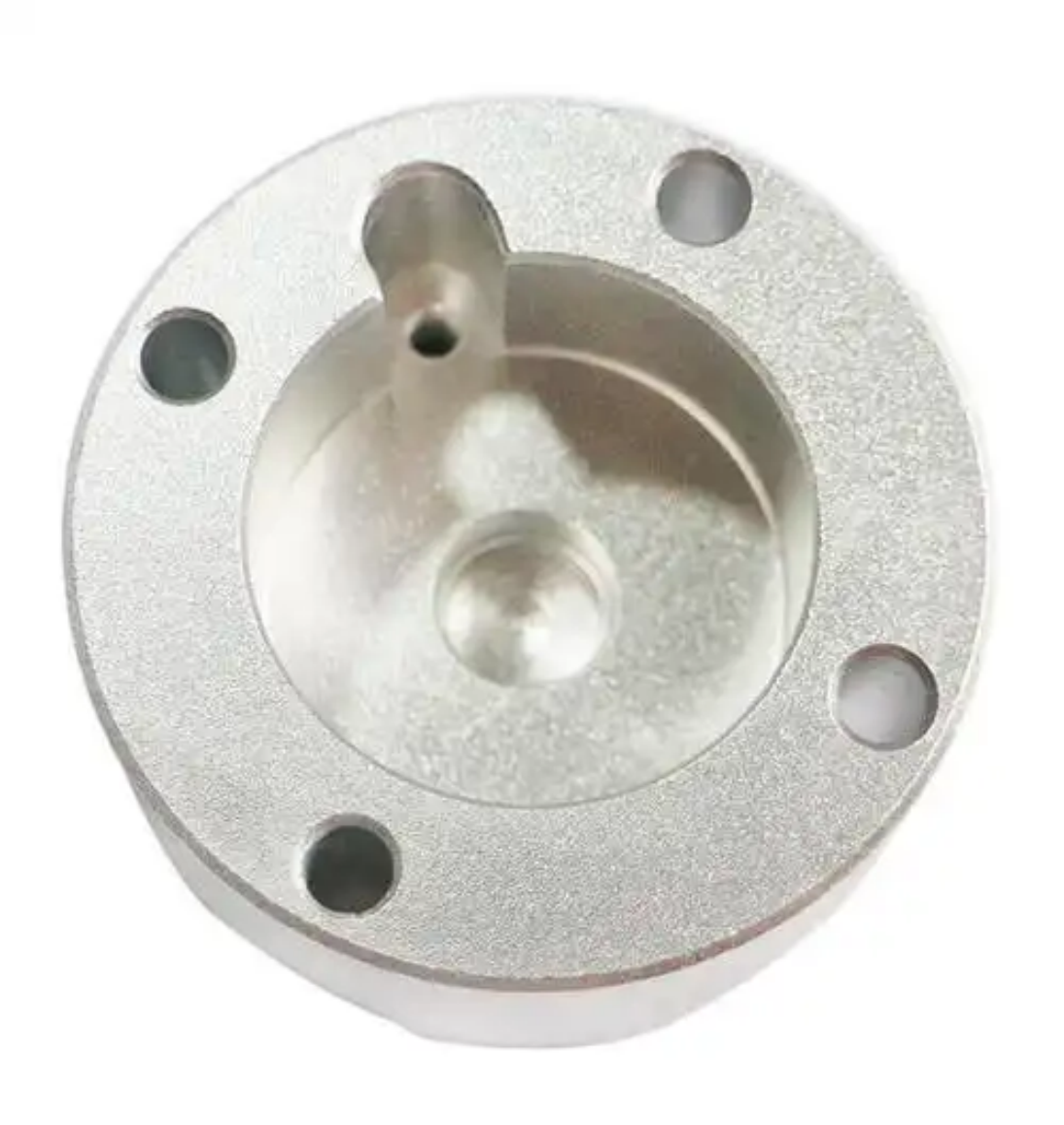
Aluminum
Electroless Nickel Plating
A thin layer of Nickel is created on the surface from a nickel-containing solution without electrolysis. Electro-less nickel plating provides a shiny appearance, excellent hardness, abrasive, wear, and corrosion-resistance to the substrate material.

Steel, Stainless Steel, Copper, Aluminum
Passivation
Enhance the appearance and functionality of the parts. After Passivation, parts of Steel and its alloys become super resistive from corrosion.
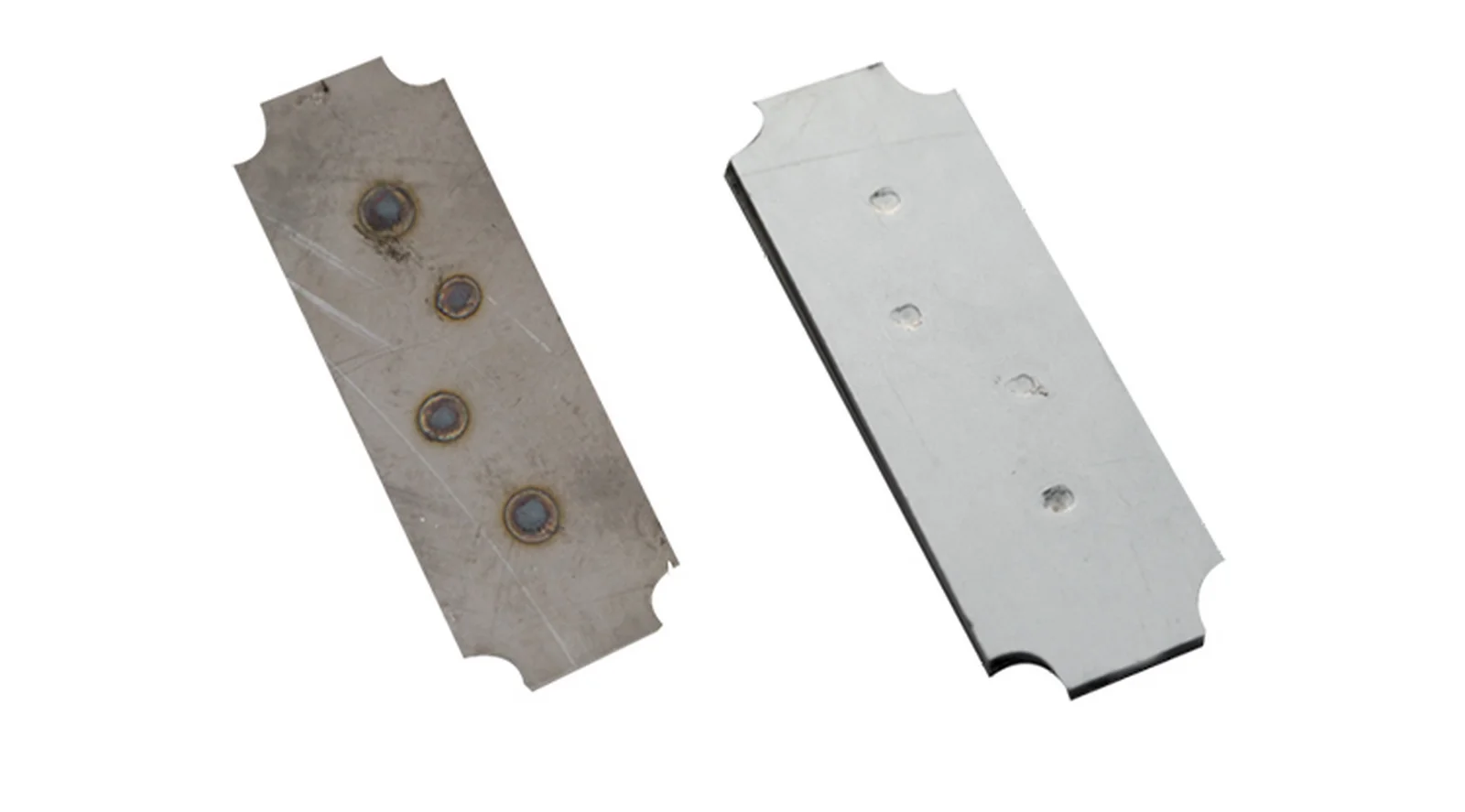
Stainless Steel,Aluminum
Electroplating
Electroplating increases the hardness of the steel &aluminum parts. It offers excellent corrosion, wears, and abrasion resistance.

Metals


